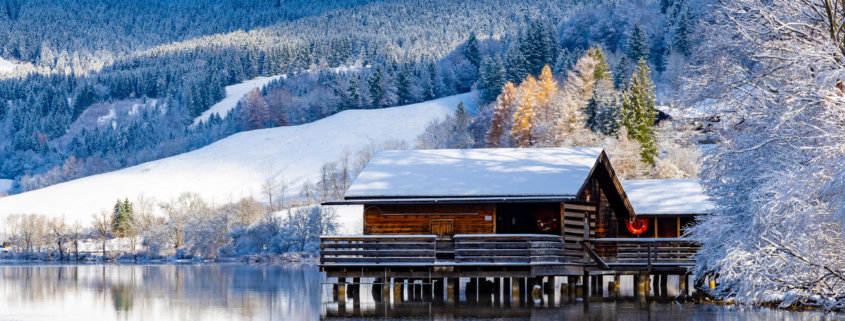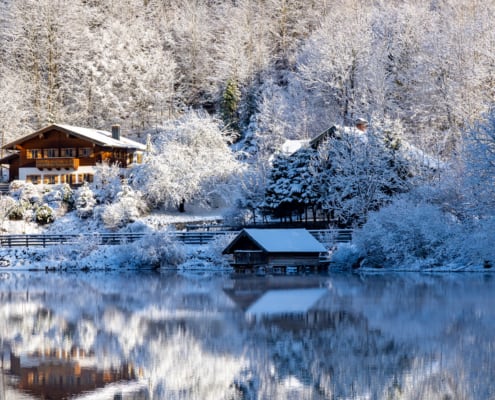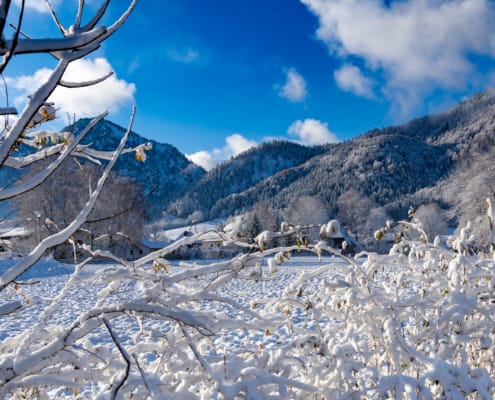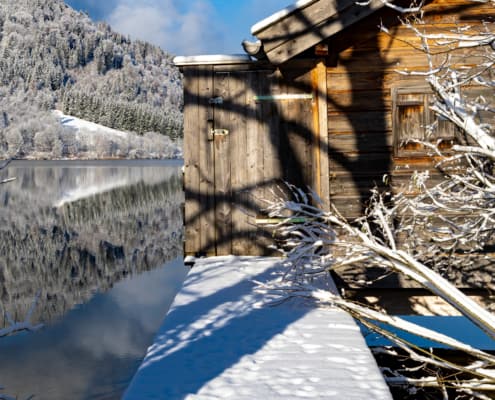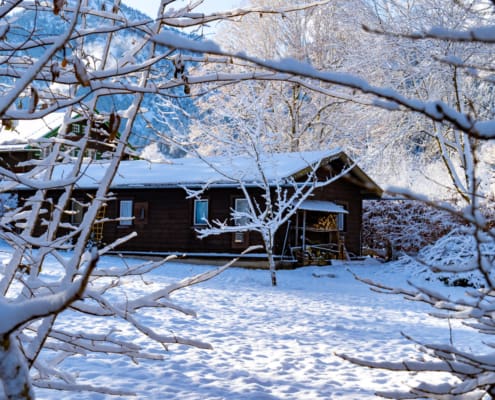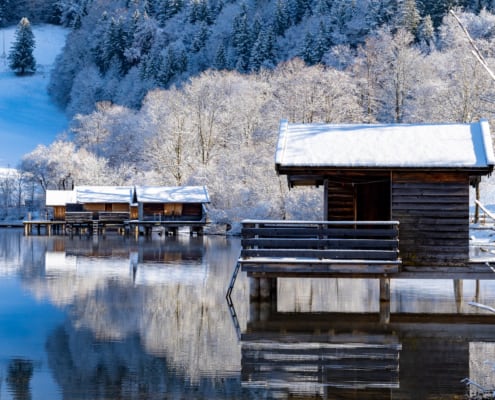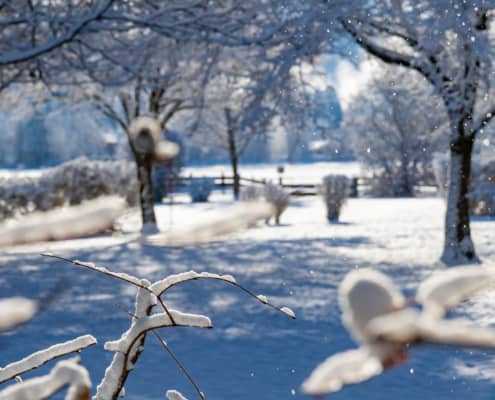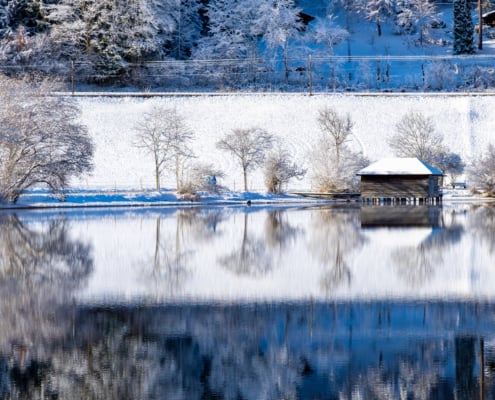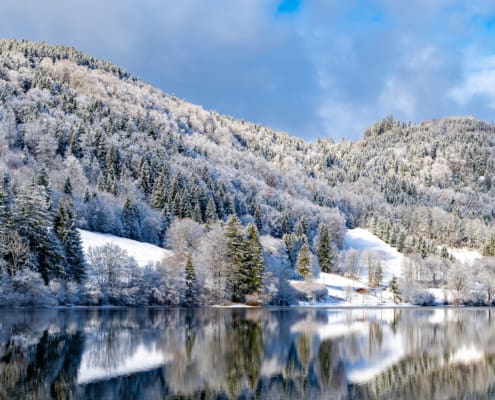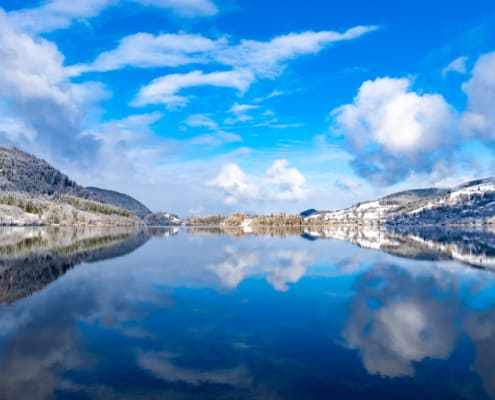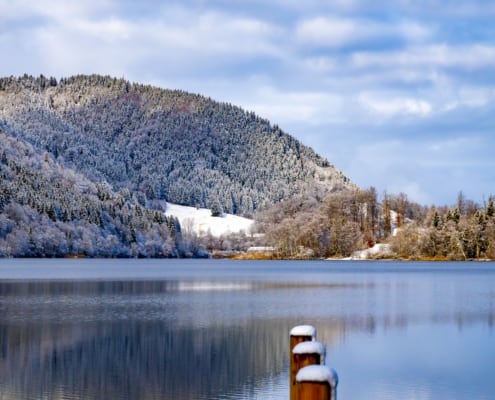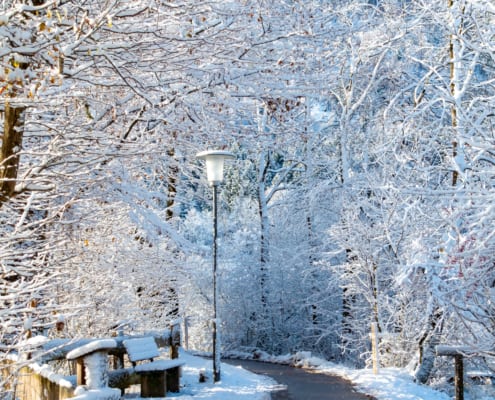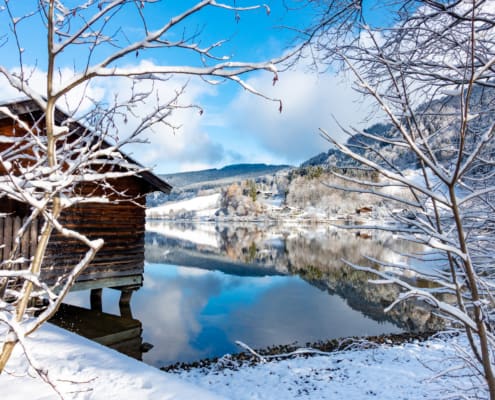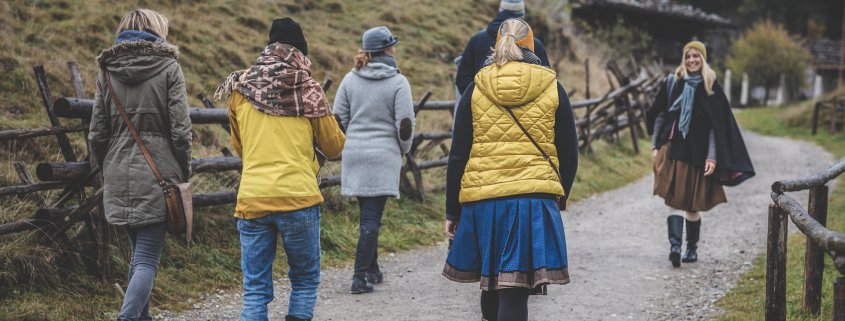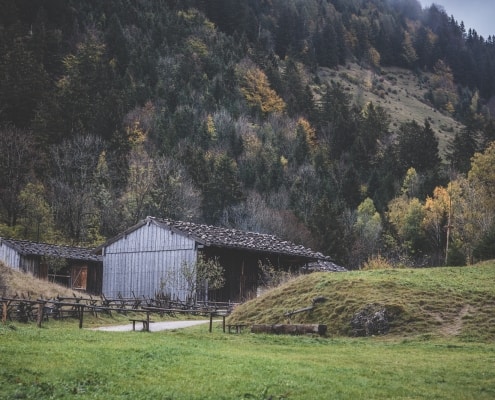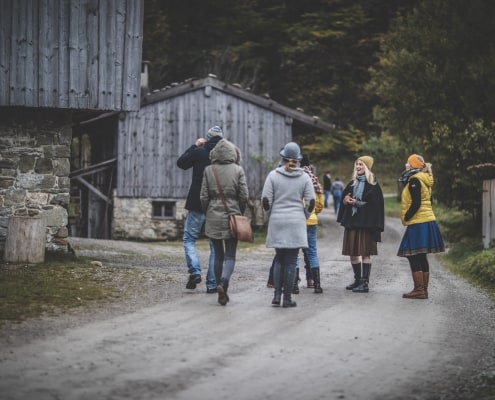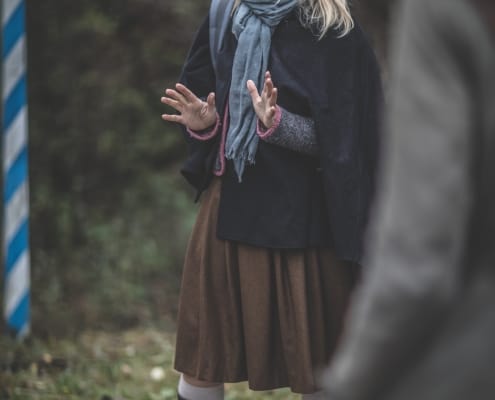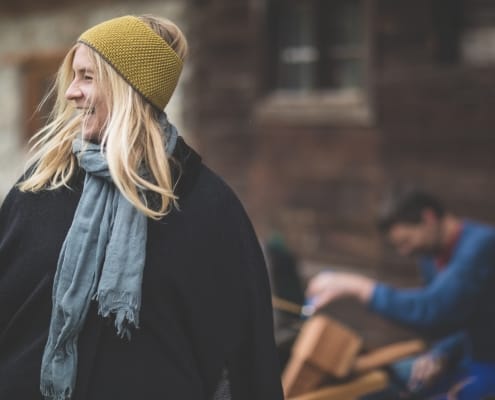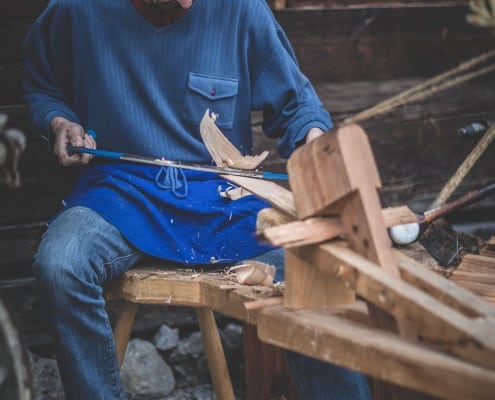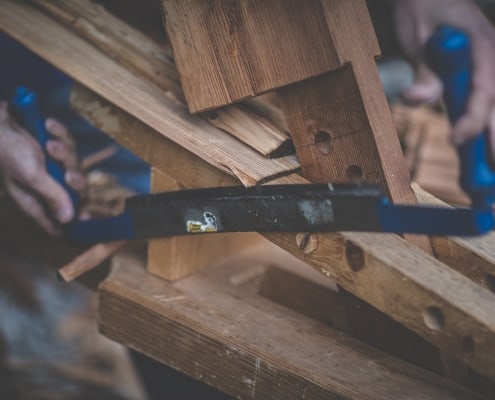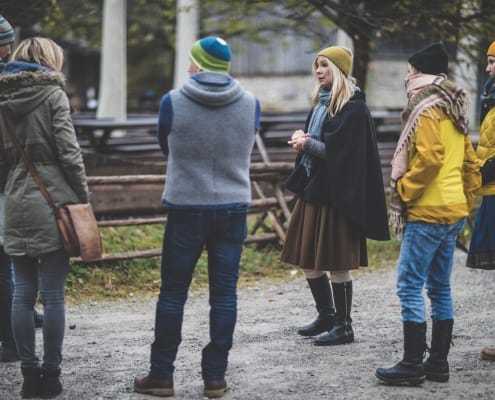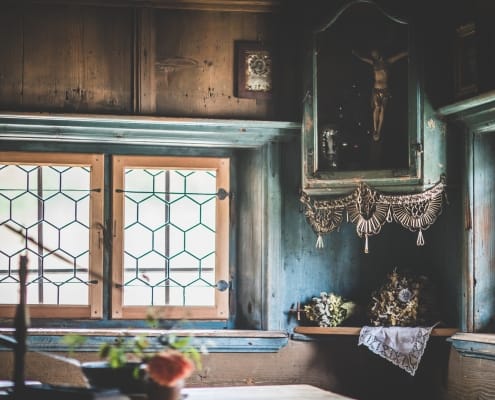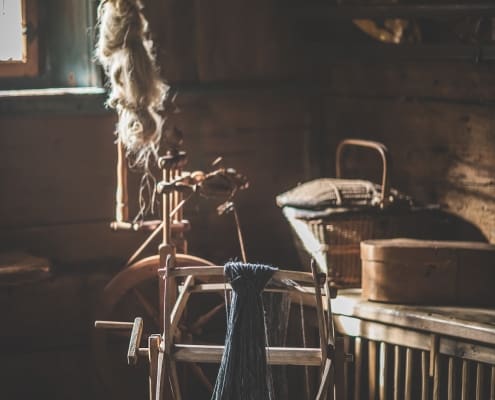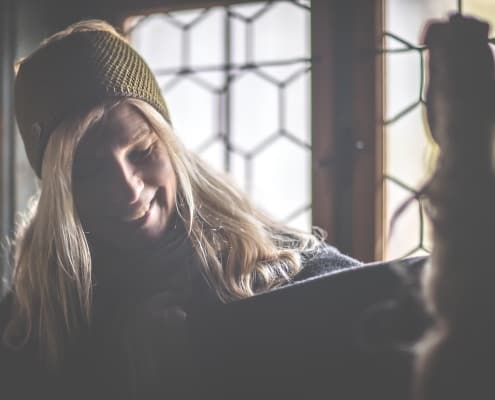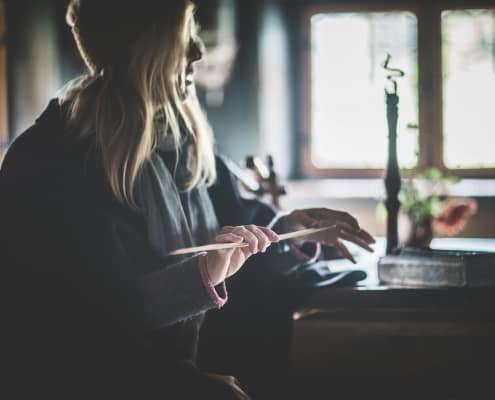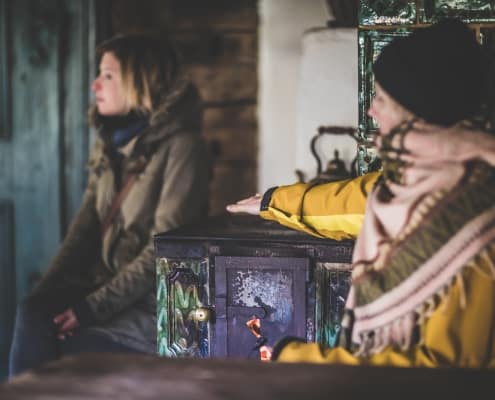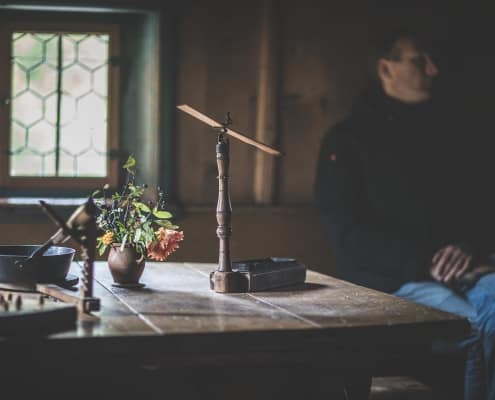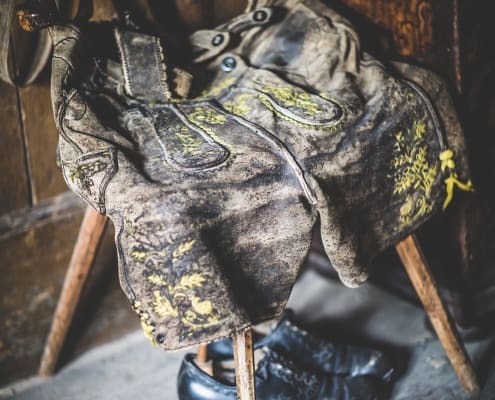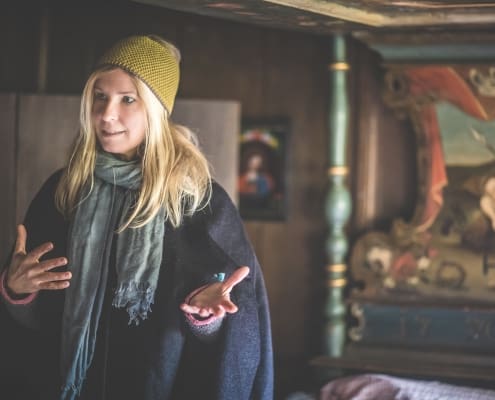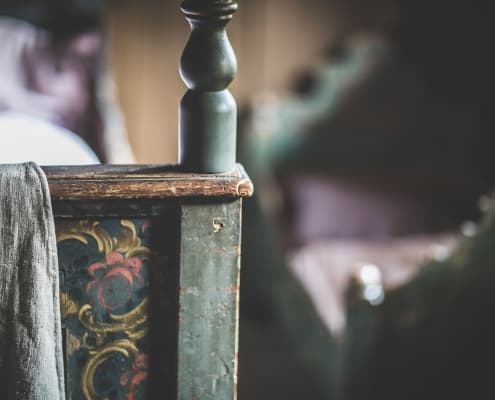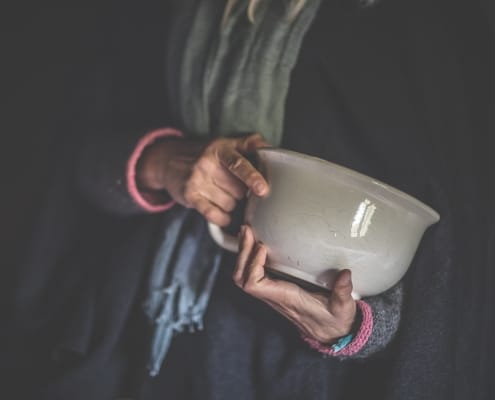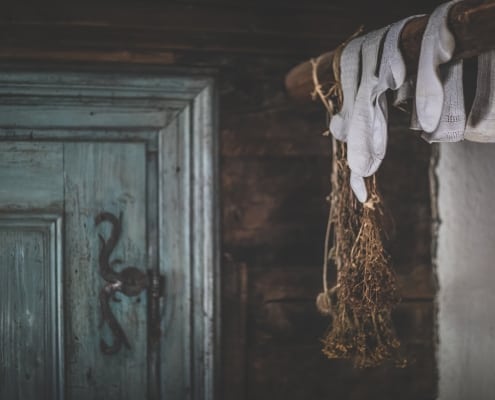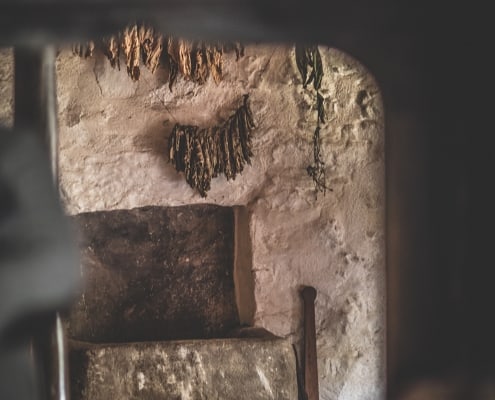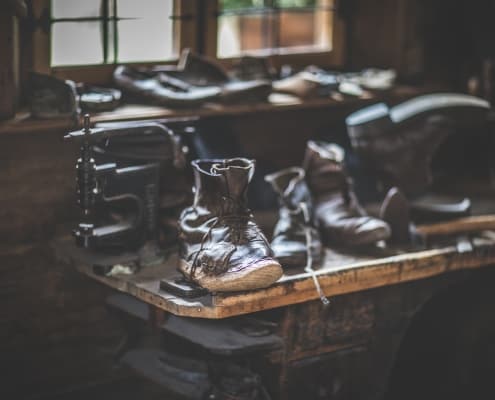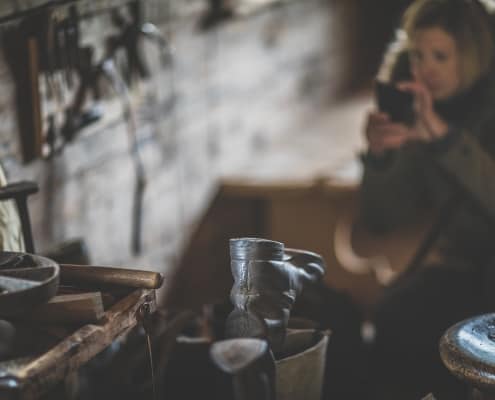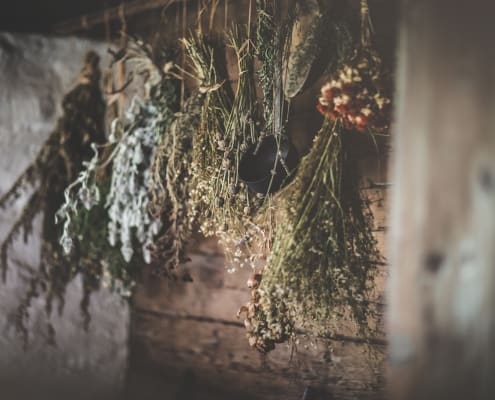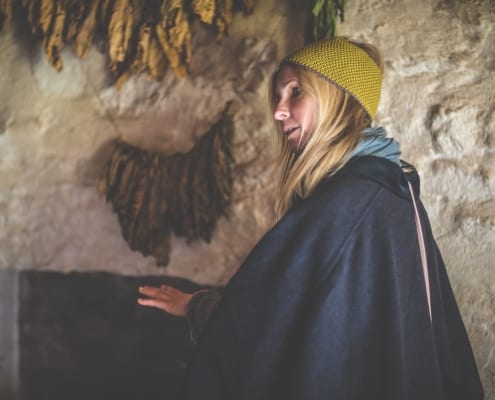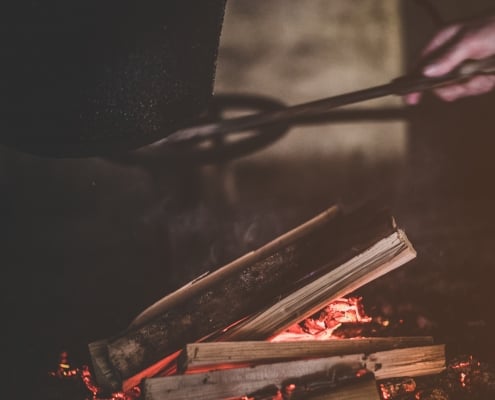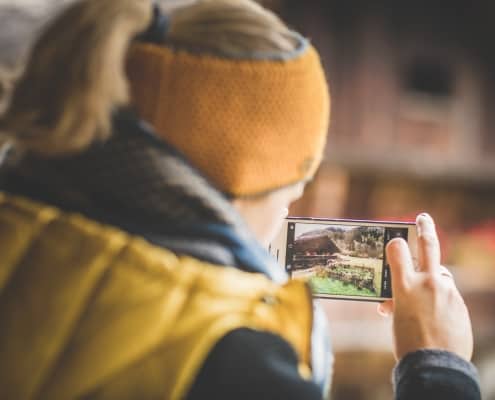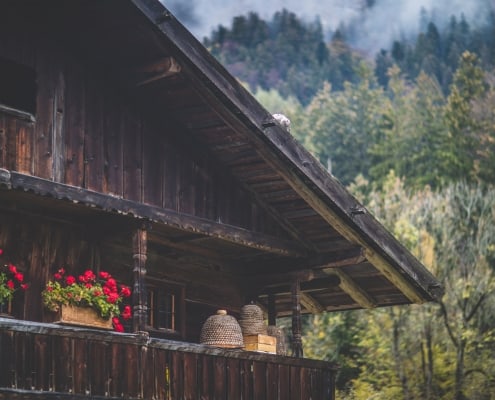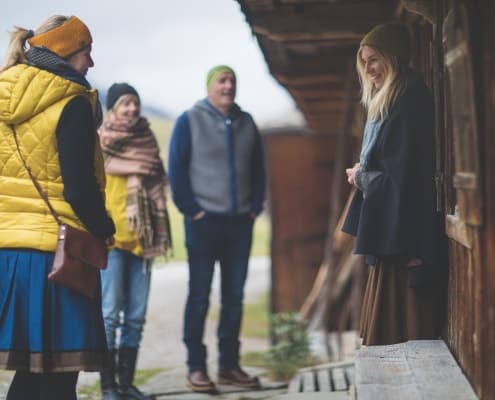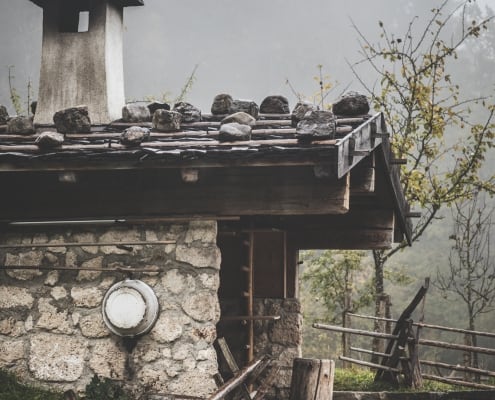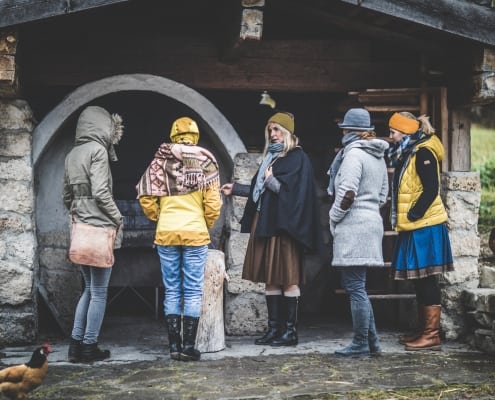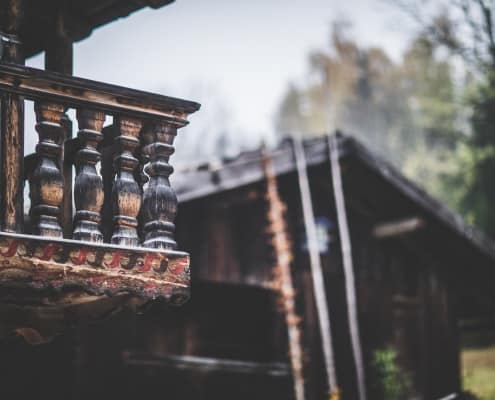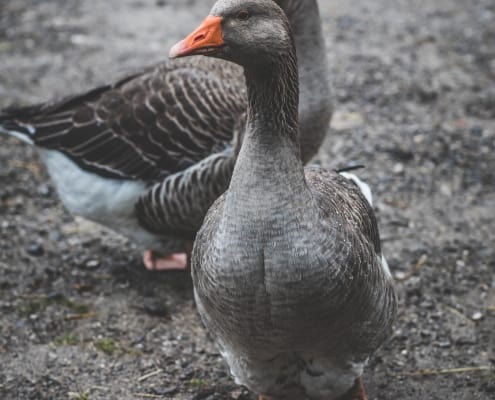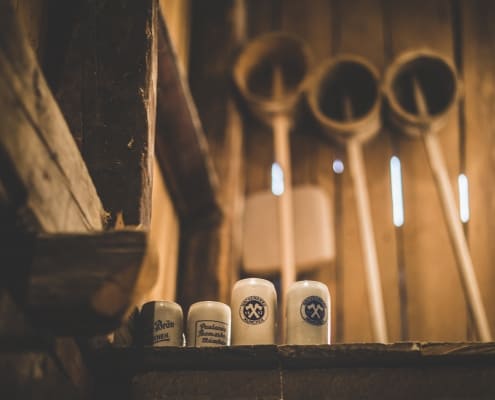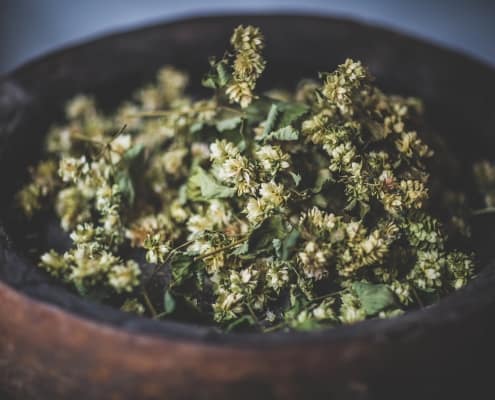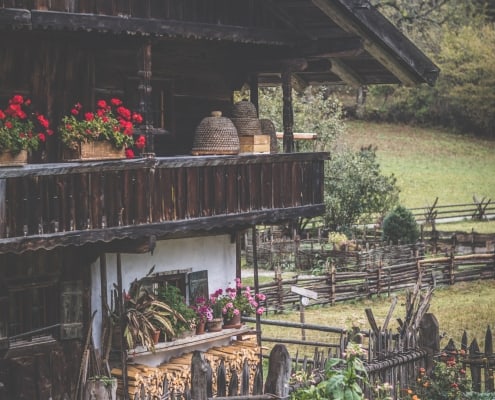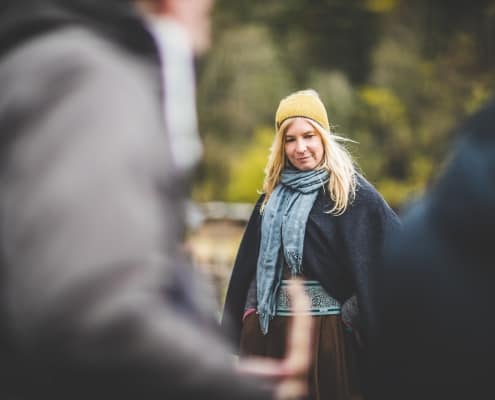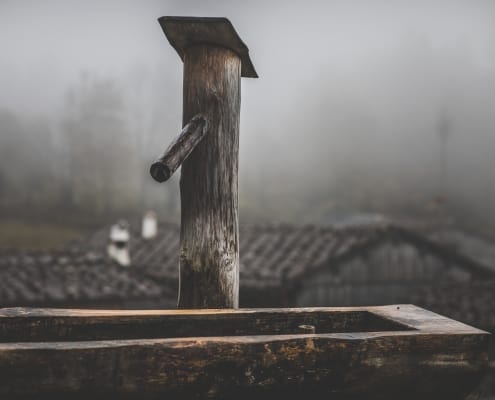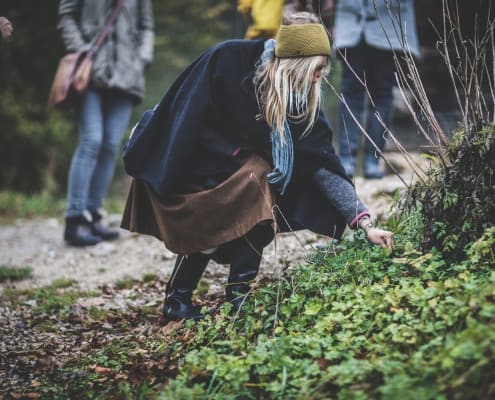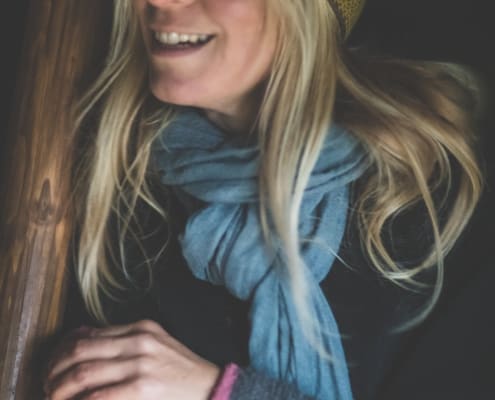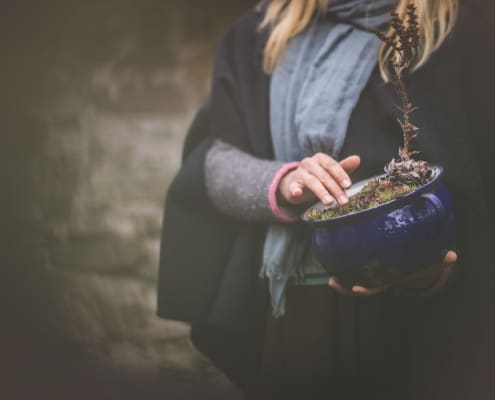Weißer Start in den Advent
Der liebe Gott muss ein Schlierseer sein. Anders ist es fast nicht zu erklären. Rechtzeitig zum Start in die „stade Zeit“, den Advent, hat es angefangen zu schneien. Dicke weiße Flocken schweben vom Himmel.
Geschneit hat es in diesem Herbst schon einige Male, aber jetzt schneit‘s runter bis ins Tal. Der fallende Schnee schluckt jedes Geräusch und hüllt nicht nur den Schliersee in Weiß, sondern sorgt auch für eine plötzlich einsetzende innere Ruhe. Der Winter ist da!
Noch ist die Natur nur angezuckert, aber schon bald wird unser bayerisches Paradies in seiner weißen Pracht glänzen. Gibt es ein schöneres Vor-Weihnachtsgeschenk? Ich glaube nicht.
„Früher hat man Winter dazu gesagt“ ‒ dieses fast schon legendäre Zitat von Markus Wasmeier, der lebenden Schlierseer Skilegende, stammt aus dem Spätwinter 2019. Aus einer Zeit, in der es gar nicht mehr aufhören wollte zu schneien. Ganz so viel Schnee braucht‘s dann doch nicht noch mal, aber auf einen schönen, schneereichen und frostigen Winter freue ich mich jetzt schon.
Einfach nur den Schneeflocken beim Fallen zuschauen, durch den knirschenden Schnee stapfen, die Winterlandschaft und die Ruhe genießen. Und danach mit der Familie und Freuden am warmen Kachelofen sitzen, dem brennenden Holz beim Knistern zuhören, einen dampfenden Jagatee genießen und Stollen und Weihnachtsplätzchen naschen …
Ich freue mich auf den Winter. Ich mag es, wenn unsere Landschaft tief verschneit ist, nach tagelangem Schneefall die Sonne wieder scheint, der Schnee in der Sonne glitzert und unsere Schlierseer Berge dadurch noch ein bisschen majestätischer aussehen. Nutzen wir die stade Zeit, halten ein bisschen inne und sind dankbar für dieses wunderschöne Fleckchen Erde Schliersee – das bayerische Paradies.
Der gebürtige Niederrheiner lebt seit 2008 am Schliersee. Nach vielen nationalen und internationalen Stationen ist der langjährige Sales Director eines italienischen FMCG-Konzerns in seiner Wahlheimat Schliersee heimisch geworden. Der Spezialist für Content Marketing liebt die Natur und Landschaft hier im Oberland. Seine Leidenschaft gehört der Fotografie.

